The oil and gas industry is one of the largest sources of methane emissions in the U.S.[1] Every year, companies release hundreds of billions of cubic feet of natural gas into the atmosphere during the extraction, development, and transportation of oil and natural gas. Methane—the largest component of natural gas—is a valuable energy resource. When it is released into the atmosphere rather than being brought to market, it decreases our domestic energy supply and becomes a significant source of pollution.
Methane Waste Costs Consumers and Taxpayers
Emitting methane during oil and gas development keeps a valuable energy resource from consumers. From FY2012 to FY2021, 300 billion cubic feet (bcf) of natural gas was wasted on federal lands alone.[2] This gas had a market value of $949 million and could have powered 3.2 million household’s electricity use for a year.[3] These estimates are based on self-reported data from drilling operators and independently collected emissions data suggest actual losses are significantly higher.
Methane waste also costs taxpayers federal, tribal, and state royalty revenues. The 300 bcf of natural gas wasted on federal lands represented $76 million in lost potential revenue for federal and state taxpayers. Private entities extracting taxpayer-owned energy resources, like oil and gas, on federal lands are required to pay royalties to the state and the federal Treasury. From FY2012 to FY2021, taxpayers should have received $119 million given the royalty rate of 12.5%. Instead, the Office of Natural Resources Revenue reported collecting just $43 million in royalties on vented or flared gas, approximately one-third of the potential royalties.[4]
Another study commissioned by the Environmental Defense Fund and Taxpayers for Common Sense, using satellite and production data, calculated that approximately 163 bcf of natural gas, worth roughly $509 million, was lost on federal and tribal lands in 2019 alone, which could have met the annual energy needs of 2.2 million households.[5] This wasted gas represented a combined loss of $64 million in federal, tribal, and state royalty revenues.
The Waste Emissions Charge Will Disincentivize Waste and Bring More Domestic Gas to Market
The oil and gas industry wastes methane through venting (the intentional release of natural gas from operators’ equipment into the atmosphere), flaring (burning natural gas), and leakage. According to the Energy Information Administration (EIA), approximately 3,170 bcf of natural gas was vented and flared between FY2012 and FY2021 in the United States.[6] Most venting and flaring occur when operators rush to develop oil before setting up proper infrastructure to capture comingled natural gas.
Methane wasted during routine venting and flaring can be economically captured and brought to market. The Government Accountability Office, a nonpartisan government watchdog organization, reported in 2010 that “about 40 percent of natural gas estimated to be vented and flared on federal onshore leases could be economically captured with currently available control technologies.”[7] While technological advancements over the past 15 years have only improved our ability to minimize waste, companies have not faced adequate incentives to capture it.
The waste emissions charge requires the oil and gas industry to account for some of the costs associated with this waste, creating the incentive to reduce methane emissions and capture more of this energy source. Additionally, tied to the waste emissions charge, the Methane Emissions Reduction Program (MERP) has provided $1.36 billion in financial and technical assistance to help the oil and gas industry cut methane waste.[8] Funding can be used to innovate and deploy new technologies, develop tools for monitoring methane emissions, and shut in and plug wells on nonfederal land, among other uses.
The Waste Emissions Charge Will Raise Revenue While Protecting Small Businesses
The waste emissions charge is projected to generate $7.2 billion over the next decade (2025-2034).[9] The fee targets facilities emitting over 25,000 metric tons of carbon dioxide equivalent (CO2e) annually, so small businesses will not be affected. Less than 500 oil and gas facilities are predicted to be subject to the charge. Furthermore, the fee only applies to emissions above a certain threshold, which varies by industry sector and level of production. By targeting facilities with high levels of emissions, the new charge will rein in excessive methane waste and raise money for the federal treasury while also protecting small businesses.
Limiting Methane Waste Protects Taxpayers from Costly Liabilities
Wasted methane has a significant effect on climate change and forces communities to shoulder costly liabilities in the form of pollution and extreme weather events. Methane, the primary component of unprocessed natural gas, is 80 times more potent than CO2 during its first 20 years in the atmosphere. The Intergovernmental Panel on Climate Change (IPCC) has stressed that strong, swift, and sustained methane reductions are critical to mitigating near term climate disruptions and to complementing reductions in other greenhouse gases (GHGs) to limit the severity of climate change and its destructive impacts.[10]
These destructive impacts include enormous immediate costs and growing future liabilities for taxpayers. Federal emergency spending must address immediate and future costs of climate-induced extreme weather events. The National Oceanic and Atmospheric Administration reports that natural disasters are increasing in number and are becoming more costly, with a record number of billion-dollar weather-related disasters occurring in 2020.[11] Over the past five years, taxpayers have borne an average annual cost of approximately $62 billion, a 35 percent increase over the preceding five-year average, for various programs aimed at combating and mitigating climate impacts.[12] Limiting methane emissions is therefore crucial in protecting taxpayers from escalating costs and liabilities in the near future.
Don’t Turn Back the Clock on Taxpayer-Friendly Reforms to Methane Waste
Methane waste costs taxpayers and threatens fiscal responsibility. The waste emissions charge will help protect taxpayers from both financial and environmental liabilities while generating $7.2 billion in much needed revenue. Efforts to undo the waste emissions charge are shortsighted and will only reward industry bad actors and subsidize the extremely profitable oil and gas industry at taxpayers’ expense.
[1] U.S. Environmental Protection Agency (EPA), “Inventory of U.S. Greenhouse Gas Emissions and Sinks: 1990-2022 U.S. Environmental Protection Agency,” April 2024. https://www.epa.gov/ghgemissions/inventory-us-greenhouse-gas-emissions-and-sinks-1990-2022
[2] Taxpayers for Common Sense (TCS), “Gas Giveaways II,” August 2022. https://www.taxpayer.net/energy-natural-resources/gas-giveaways-ii-methane-waste-on-federal-lands-is-business-as-usual/
[3] EPA, “Greenhouse Gas Equivalencies Calculator,” https://www.epa.gov/energy/greenhouse-gas-equivalencies-calculator
[4] TCS, “Gas Giveaways II,” August 2022. https://www.taxpayer.net/energy-natural-resources/gas-giveaways-ii-methane-waste-on-federal-lands-is-business-as-usual/
[5] Environmental Defense Fund, TCS, Synapse Energy Economics, Inc. “Onshore Oil and Natural Gas Operations on Federal and Tribal Lands in the United States Analysis of Emissions and Lost Revenue,” January 2023. https://www.taxpayer.net/wp-content/uploads/2023/01/EDF-TCS_Public_Lands_Analysis.pdf
[6] Energy Information Administration, “Natural Gas Gross Withdrawals and Production, Vented and Flared,” accessed February 21, 2025. https://www.eia.gov/dnav/ng/ng_prod_sum_a_EPG0_VGV_mmcf_m.htm
[7] Government Accountability Office, “Federal Oil and Gas Leases: Opportunities Exist to Capture Vented and Flared Natural Gas, Which Would Increase Royalty Payments and Reduce Greenhouse Gases,” GAO-11-34, October 2010. https://www.gao.gov/assets/gao-11-34.pdf
[8] TCS, “The Methane Emissions Reduction Program (MERP),” May 2024. https://www.taxpayer.net/energy-natural-resources/the-methane-emissions-reduction-program-merp/
[9] Congressional Budget Office, “H.J. Res. 35, a joint resolution providing for Congressional disapproval under chapter 8 of title 5, United States Code, of the rule submitted by the Environmental Protection Agency relating to “Waste Emissions Charge for Petroleum and Natural Gas Systems: Procedures for Facilitating Compliance, Including Netting and Exemptions”,” February 2025. https://www.cbo.gov/publication/61228
[10] Intergovernmental Panel on Climate Change, “Climate change widespread, rapid, and intensifying – IPCC,” August 2021. https://www.ipcc.ch/2021/08/09/ar6-wg120210809-pr/
[11] National Oceanic and Atmospheric Administration, “National Centers for Environmental Information (NCEI) U.S. Billion-Dollar Weather and Climate Disasters,” 2023. https://www.ncei.noaa.gov/access/billions/
[12] TCS, “Paying the Price,” June 7, 2023. https://www.taxpayer.net/climate/paying-the-price/
- "looking S at gas flare at dawn 002 - Fisher Place - Arnegard North Dakota - 2013-07-07" by Tim Evanson is licensed under CC BY-SA 2.0


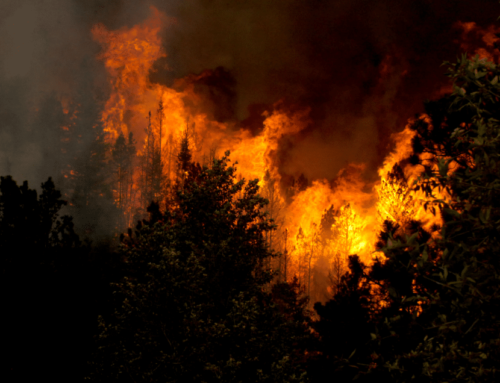
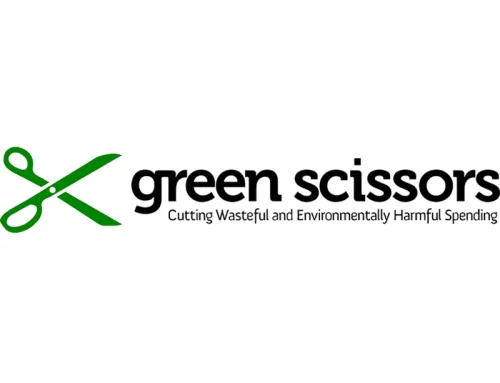
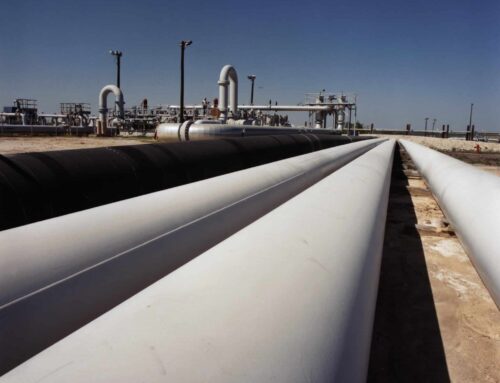
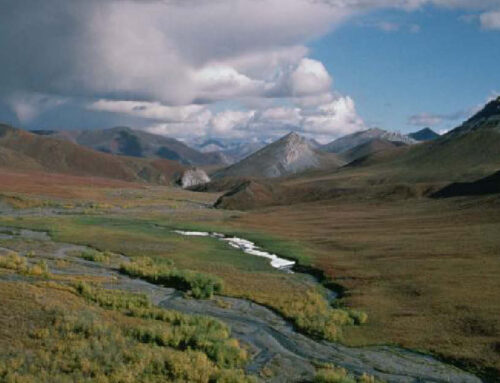

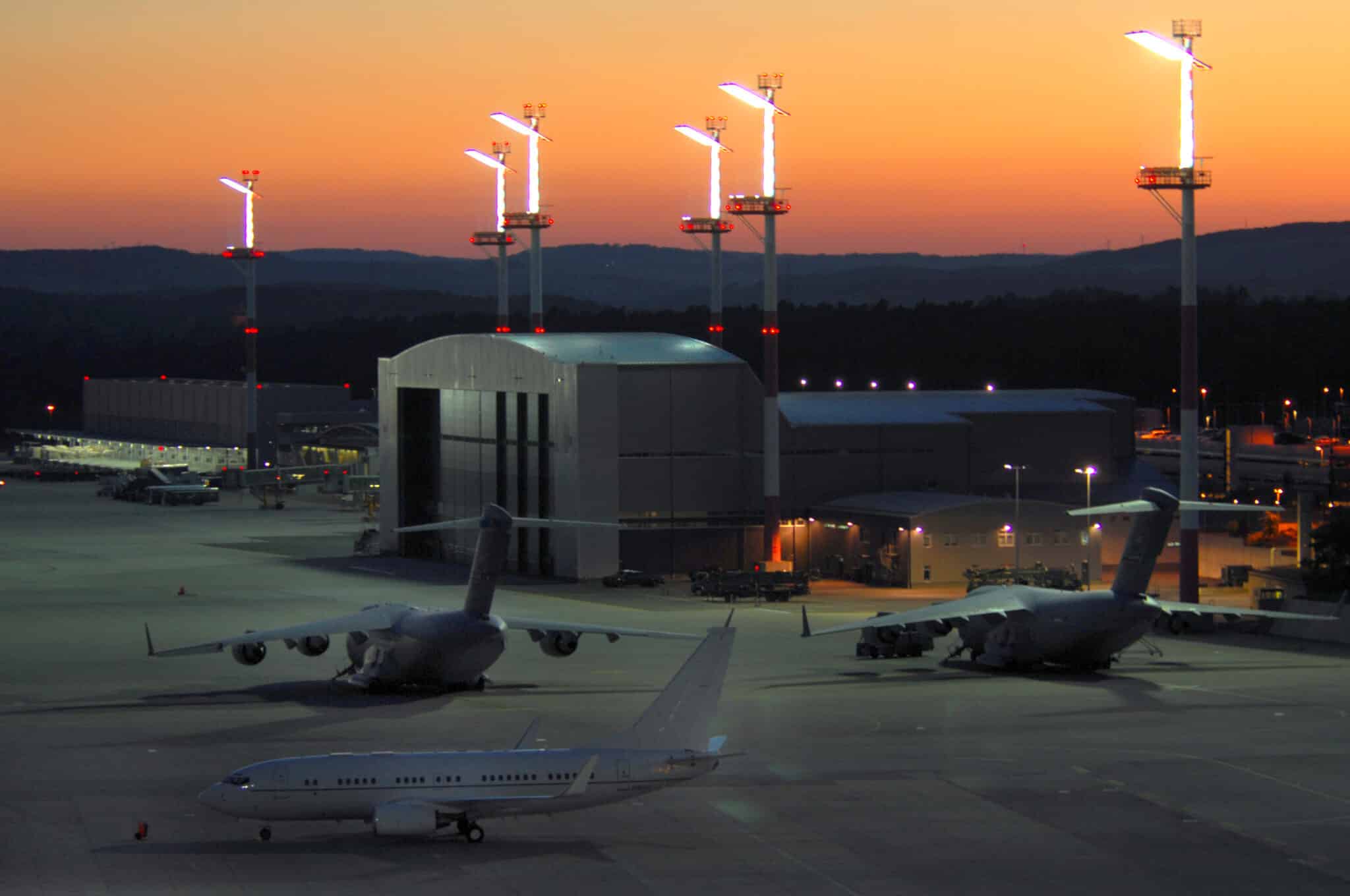


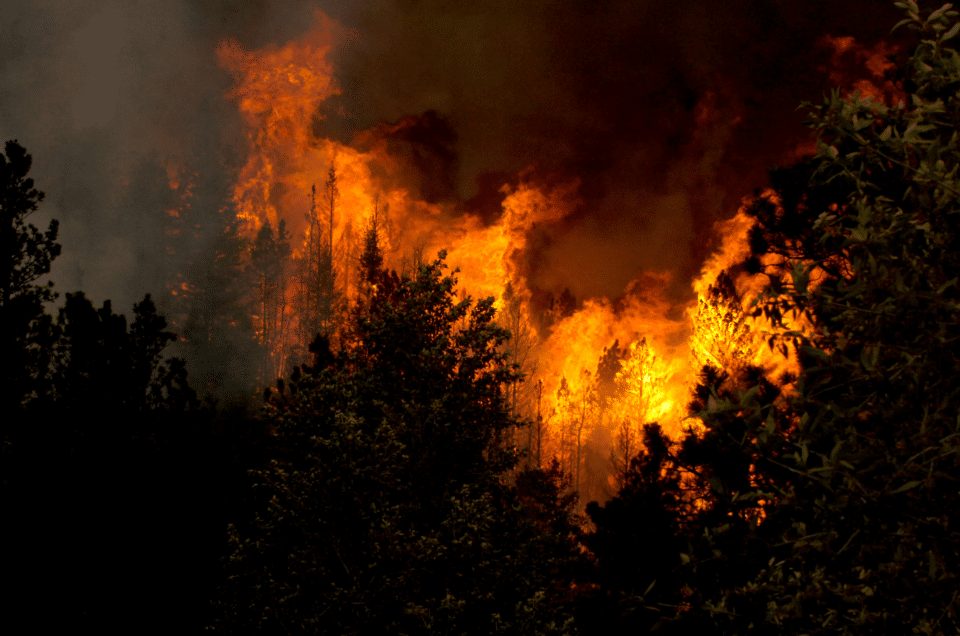
Get Social